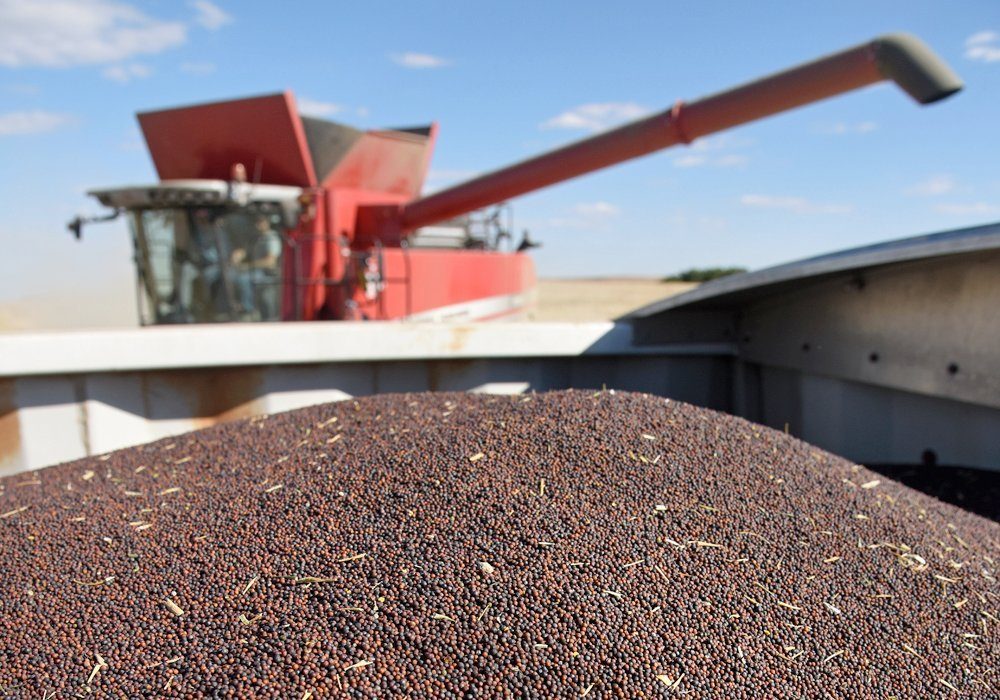Farm cash receipts jumped last year

Statistics Canada has confirmed that 2020 was a good year for Canadian farmers.
In a report on farm income released in late May, the agency said farm profitability jumped significantly last year. Farm cash receipts hit $72.1 billion, an increase of 8.3 percent over 2019.
Meanwhile, farm operating expenses were $54 billion in 2020, up only 1.3 percent from 2019.
Net cash income was $18.1 billion, an increase of 36 percent compared to $13.3 billion in 2019.
When depreciation is included, Canadian farmers made $9.9 billion in profits last year.
“Realized net income for Canadian farmers rose 84.2 percent to $9.9 billion in 2020, as strong growth in receipts outpaced slightly higher expenses,” Stats Can said in its report.
“Realized net income is the difference between a farmer’s cash receipts and operating expenses, minus depreciation.”
The StatsCan data isn’t surprising, considering that prices for many crops surged higher in 2020. Canola futures, for instance, were trading at $460 per tonne in February 2020. By Christmas, canola futures had topped $625 per tonne. The price increase bolstered on-farm revenue in 2020.
“Canola receipts were up 19 percent, the largest percentage increase since a 38.2 percent jump in 2011,” the agency said. “A 14.8 percent rise in (canola) marketings was driven by exports … as world oilseed demand strengthened in the latter part of the year.”
The revenue gains came in a year with disappointing canola yields,as hot summer weather cut into production:
• In 2020, the average canola yield was 40.1 bushels per acre, down 3.1 percent from 2019, based on Stats Can data.
• In Saskatchewan, the average yield was 39.8 bu. Per acre and canola production dropped eight percent.
Other crops also boosted the bottom line. Lentil receipts more than doubled in 2020. Prices jumped 39 percent and marketings increased by 50 percent.
Farm cash receipts for wheat (not including durum) increased 10.8 percent, thanks to strong domestic and international demand.
Saskatchewan farmers benefitted the most from surging demand for canola, wheat, pulses and other crops. In Saskatchewan:
• Total farm cash receipts went from $14.1 billion in 2019 to $16.6 billion in 2020, a jump of 17 percent.
• Operating expenses declined from $10.5 billion in 2019 to $10.2 billion, because of lower diesel fuel and fertilizer costs.
• After depreciation, Saskatchewan farmers had a realized net income of $4.5 billion, much higher than $1.7 billion in 2019.
“Saskatchewan accounted for over three-fifths of the national increase (in realized net income)”, StatsCan said.
The numbers for 2020 are a bit skewed, because a portion of the 2019 crop wasn’t harvested until the spring of 2020. The fall of 2019 was extremely wet and snowy, so hundreds or thousands of prairie farmers delayed the harvest. The crop combined in the spring of 2020 was also sold in 2020, increasing farm revenue for the year.
Grain farmers did well in 2020, but the year was less kind to livestock producers.
Data shows that livestock receipts dropped 1.1 percent to $26.3 billion. Cattle were responsible for most of the decline, as prices for cattle sank 3.1 percent and marketings dropped by 1.9 percent.
COVID-19 outbreaks at beef packing plants in Alberta, last spring and summer, forced the plants to close temporarily or cut back on production. Hundreds of plant employees contracted COVID, which disrupted the beef market for months in 2020.
Canadian farmers also received more financial support in 2020.
Crop insurance payments rose 21 percent, connected to crop damage in 2019, Stats Can said.
Lower hog prices in the first half of 2020 prompted provincial payments to pork producers in Quebec.
As well, the federal government made payments to dairy farmers as compensation for recently signed free trade agreements between Canada and Europe and the TPP deal with 10 Pacific nations.
Canadian dairy farmers will receive $1.75 billion over eight years.
Contact robert.arnason@producer.com
Source: producer.com

